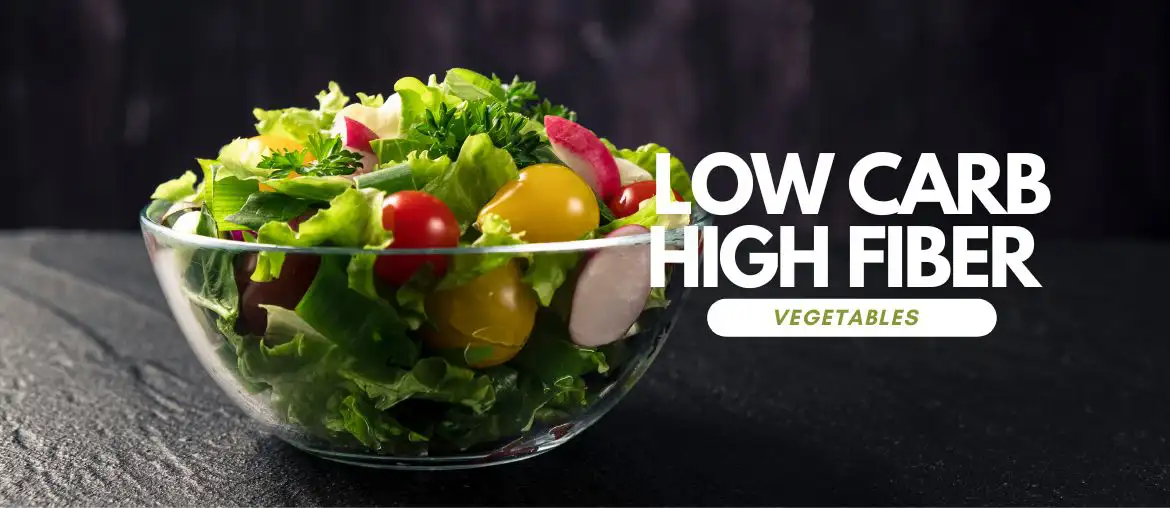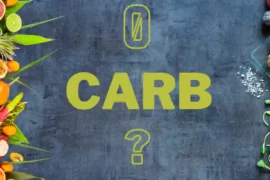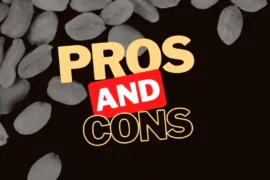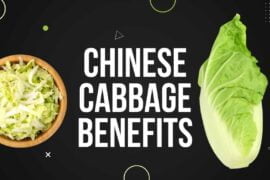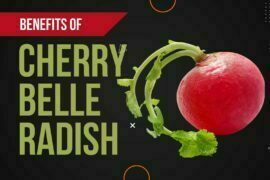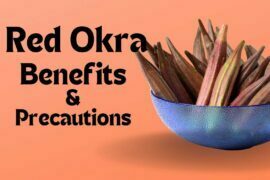Are you tired of the same old veggies on your plate? Spice up your meals and boost your health with low-carb high-fiber vegetables! These colorful wonders not only add flavor but also pack a nutritional punch.
From the crisp and delicious Broccoli to the versatile Cauliflower, these veggies offer the perfect balance of low carbs and high fiber to support your low-carb diet goals. But that’s not all – prepare to be amazed by the nutrient-packed Kale and the ever-versatile Spinach, both of which provide myriad health benefits.
So, whether you’re on a weight loss journey, seeking to improve your digestive health, or simply looking to elevate your overall wellness, these low-carb high-fiber vegetables are the ultimate game-changers. Get ready to transform your meals and your life with these nutritious wonders!
what are the low carb high fiber vegetables?
Broccoli
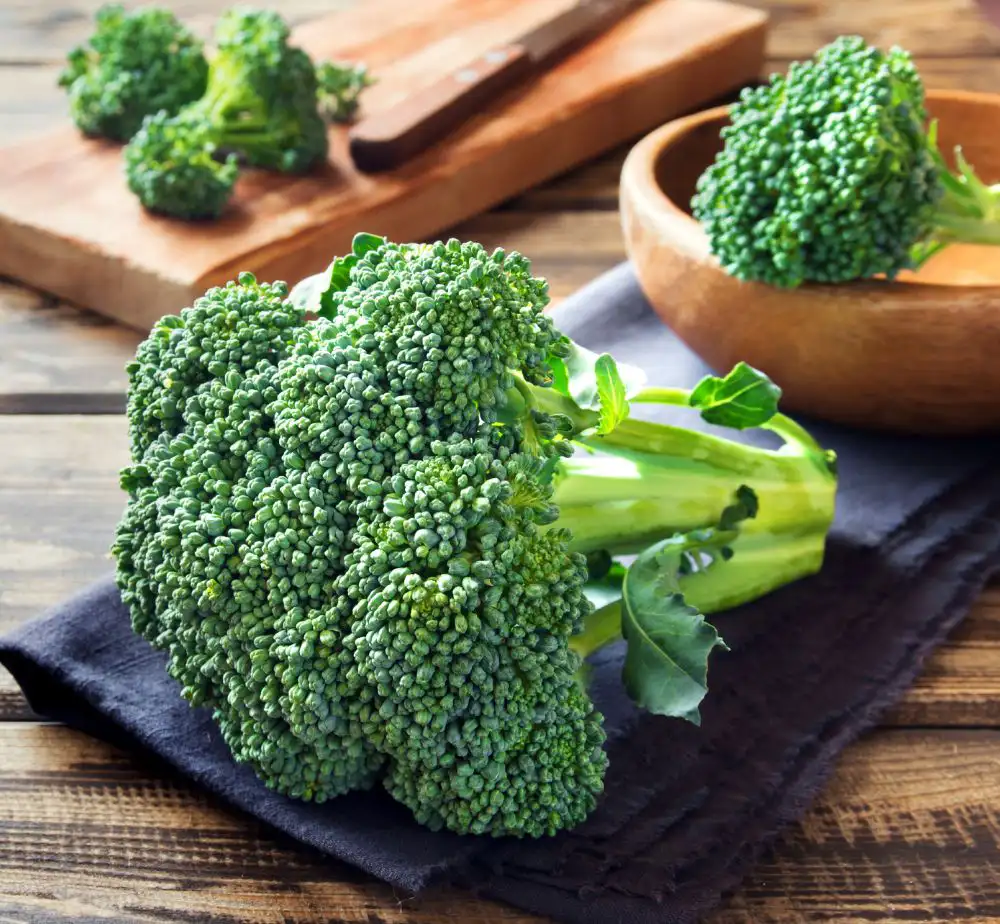
Broccoli is a perfect choice for those seeking the benefits of low-carb high-fiber vegetables. It has a carb-to-fiber ratio that makes it ideal for a low-carb diet. Broccoli’s crispy florets and thick stem provide the fiber that helps one feel full for longer.
Broccoli contains a good amount of fiber within a low amount of digestible carbohydrates. One cup of cooked broccoli contains around 5 grams of total carbohydrates, but only around 4 of these grams are digestible. The remaining 1 gram comes from indigestible fiber, which benefits digestion and weight management goals.
The thick broccoli stalk and florets are a rich source of insoluble fiber, which acts like a scrub brush in the intestines to sweep them clean. This fiber helps food move through the digestive tract smoothly and quickly. Insoluble fiber also traps toxins and carries them out of the body.
The fiber in broccoli binds to cholesterol in the digestive tract and helps remove it from the body before it can be absorbed. This lowers LDL “bad” cholesterol levels and decreases the risk of heart disease.
Cauliflower
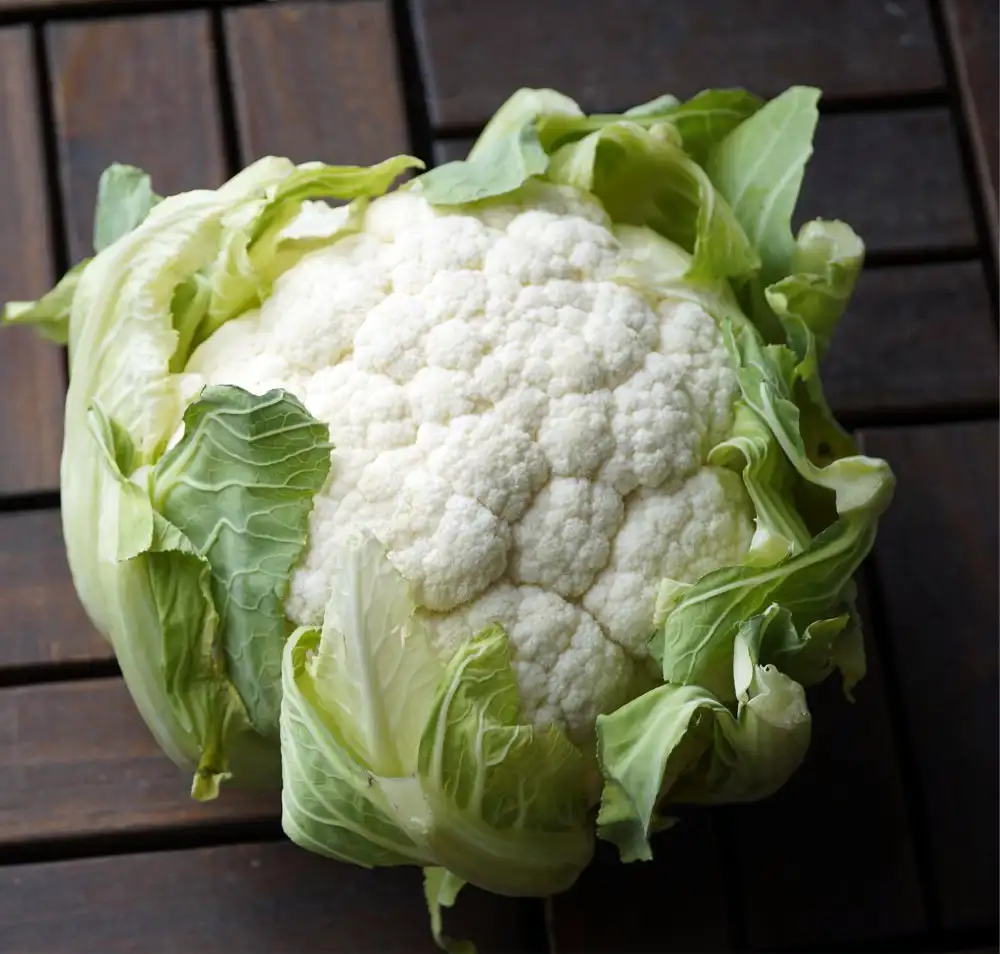
Cauliflower makes a great low-carb high-fiber vegetable choice. When cooked, one cup of cauliflower contains only 2 grams of digestible carbohydrates and 2 grams of fiber. This 1 to 1 ratio of carbs to fiber helps support a low-carb diet.
The dense, crumbly cauliflower florets are an excellent source of insoluble fiber that quickly moves food through the digestive tract. This fiber helps control blood sugar levels and promotes weight loss as fiber fills you up without adding calories.
Cauliflower contains many antioxidants and nutrients, with only 25 calories per cup. It is a good source of vitamin C which supports your immune system, and vitamin K, to help your blood clot normally.
This low-carb cruciferous vegetable also contains choline to help your brain and liver function properly. Cauliflower is high in sulforaphane, a compound that acts as an anti-inflammatory and may help fight cancer.
Cauliflower’s mild flavor means you can use it as a stand-in for carbs in many recipes. Try ricing cauliflower to make a low-carb alternative to rice pilaf or mashed “potatoes”. You can also roast or sauté cauliflower florets as a side dish.
Kale
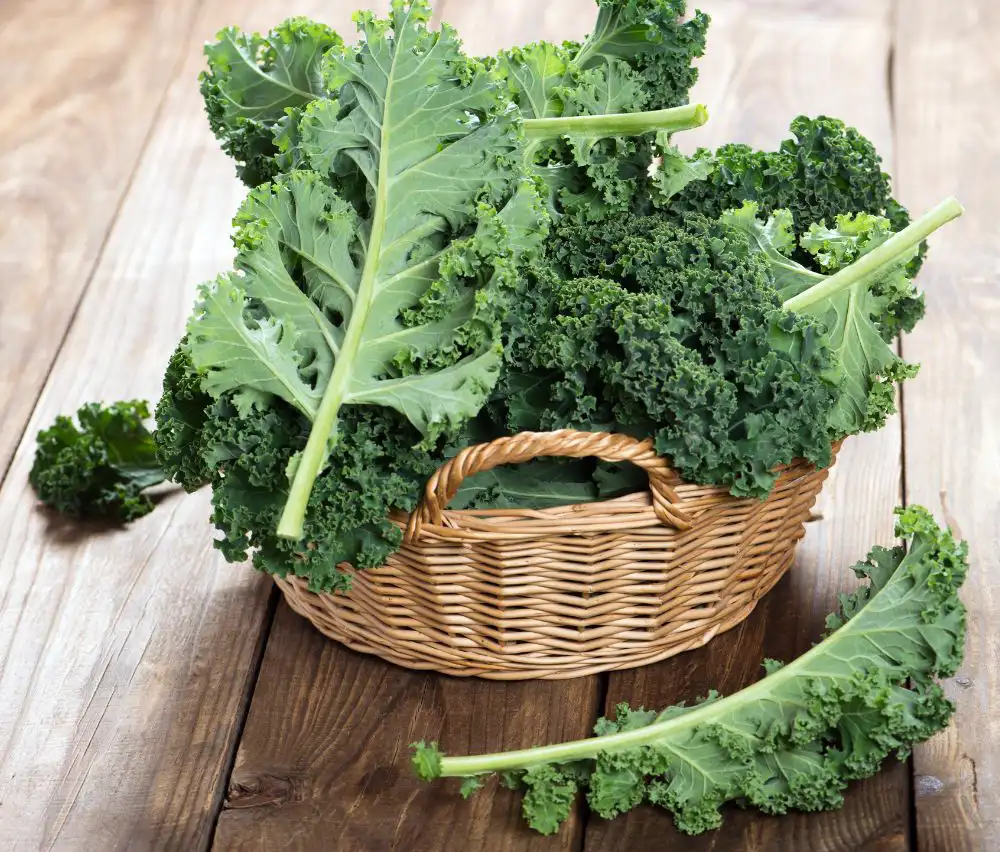
Kale is a highly nutritious low-carb high-fiber vegetable, containing 4 grams of carbs and 3 grams of fiber per cup when cooked. Its mild, earthy taste makes it a great addition to soups, salads, and stir-fries.
Packed with antioxidants, just one cup of chopped kale has over 100% of the RDA for vitamins A, C, and K. The riboflavin, folate, calcium, iron, and manganese in kale help support cell growth and a strong immune system.
Kale is high in fiber, which helps keep you full for longer. Its insoluble fiber moves food through your digestive tract, keeping it functioning properly. The soluble fiber binds to cholesterol and removes it from the body, potentially lowering “bad” LDL cholesterol levels.
Kale’s low-calorie content also makes it a smart addition to any weight loss plan. A single cup has only around 30 calories but packs a lot of nutrition.
The dark leafy green cruciferous vegetable compounds may help prevent cancer by reducing inflammation in the body. Kale can be eaten raw in salads or massaged with some olive oil and vinegar for an easy side dish. It’s also delicious when roasted or added to soups.
Spinach
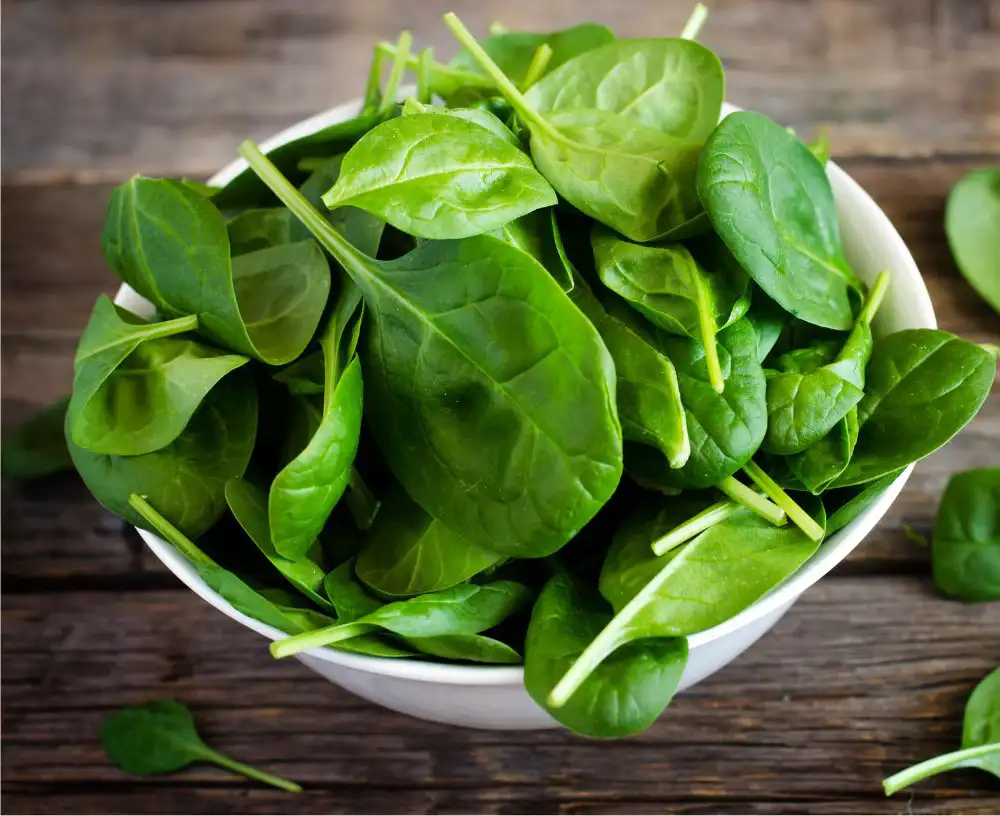
Spinach is an excellent low-carb high-fiber vegetable choice. With only 2 grams of total carbs per cup of cooked spinach but 4 grams of fiber, it has a carb-to-fiber ratio that makes it suitable for a low-carb diet.
Spinach leaves have a mild flavor but pack a nutritional punch. One cup of cooked spinach offers 4 grams of filling fiber for less than 40 calories to satisfy you.
Spinach fiber helps bind to cholesterol in your digestive system for removal from the body, potentially lowering harmful LDL cholesterol levels over time. The fiber also aids regularity and facilitates waste removal.
Spinach is rich in many vitamins and minerals, including iron, potassium, folate, and vitamin K, which are critical for bone health. One cup provides more than 260% of the daily recommended amount of vitamin K.
Dark leafy greens are high in antioxidants which act as anti-inflammatories and may reduce the risk of heart disease and certain cancers.
Steam or sauté spinach with some minced garlic and a splash of lemon juice for a simple yet nutritional side dish. It can also be added to omelets, pasta, and casseroles.
Asparagus
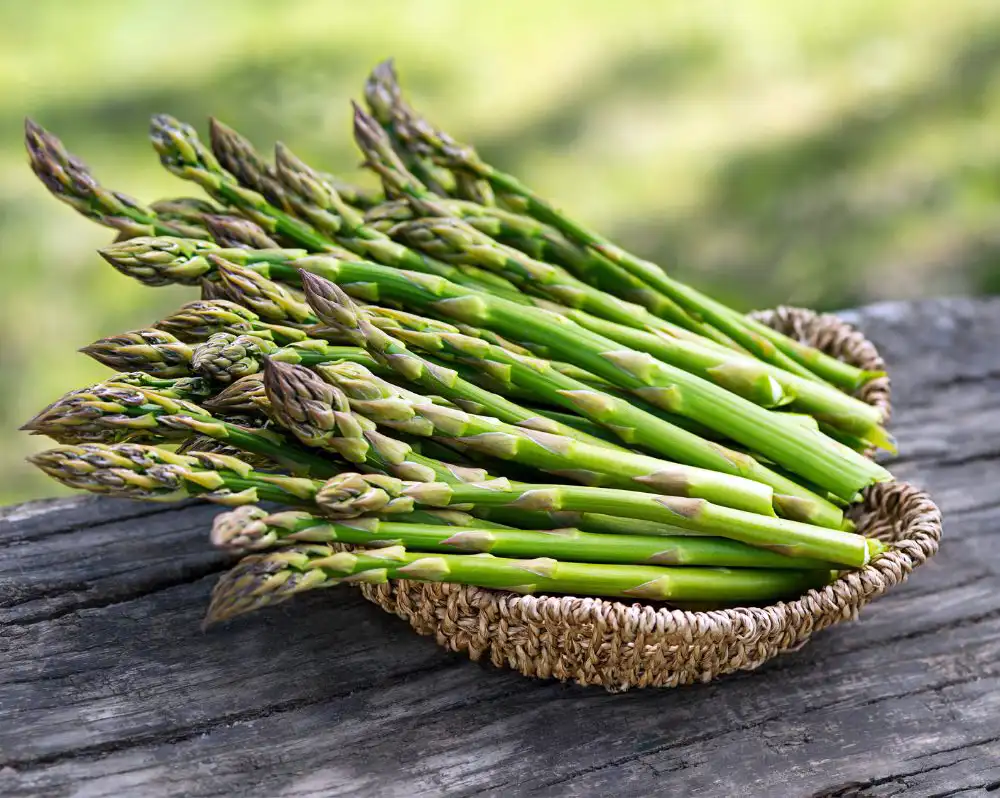
Asparagus makes a great low-carb high-fiber vegetable choice. Asparagus has a low-carb, high-fiber profile with only 4 grams of total carbohydrates yet 2 grams of fiber per cup of cooked spears.
Filling fiber helps you feel full while dieting and can increase weight loss. Fiber in asparagus moves through your body, clearing out waste and toxins as it goes.
This spring vegetable is also low in calories, containing only about 30 calories in a one-cup serving. Asparagus provides key nutrients like vitamin K for bone health and folate to support new cell growth.
Asparagus spears contain anti-inflammatory flavonoids and antioxidants, which help fight cell damage. The vegetable may help lower blood pressure and cholesterol levels.
Asparagus is versatile, and its slightly bitter taste pairs well with garlic and lemon. Try roasting asparagus spears in the oven with minced garlic until crisp-tender.
Toss raw spears in a salad with leafy greens and sunflower seeds. Or grill thick asparagus spears and serve warm as a side dish for any meal.
Cucumber
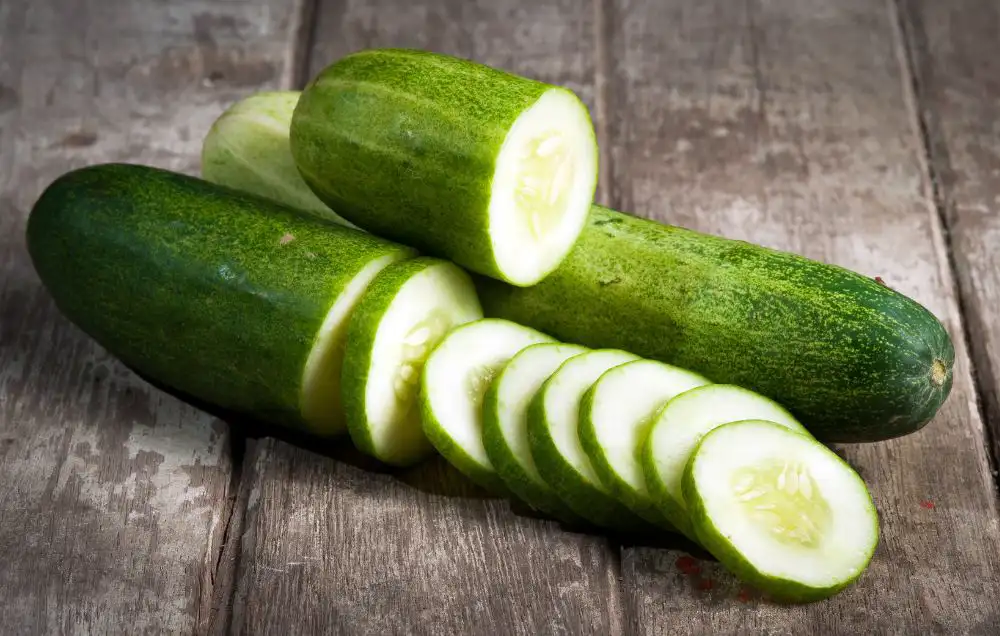
Cucumbers are an ideal low-carb high-fiber vegetable. Each cup of sliced cucumbers has only 2 grams of total carbs but 1 gram of fiber.
Their mild flavor and 96% water content make cucumbers extremely low in calories. Just one cup provides only about 15 calories yet offers vitamin K to support blood clotting and bone health.
Filling fiber in cucumbers may help promote weight loss and control hunger while dieting. The fiber moves through the digestive tract, absorbing water along the way for regularity.
In addition to fiber, cucumbers contain important antioxidants and anti-inflammatory compounds. These phytochemicals have been linked to reduced cancer risk and lower inflammation levels in the body.
Crunchy cucumbers make a refreshing addition to salads, sandwiches, and wraps. They can be peeled, sliced, and used as hummus or ranch dressing dippers.
Whole cucumbers can be juiced to create electrolyte-rich fluids that replenish fluids and nutrients lost during exercise or while sick.
Lettuce
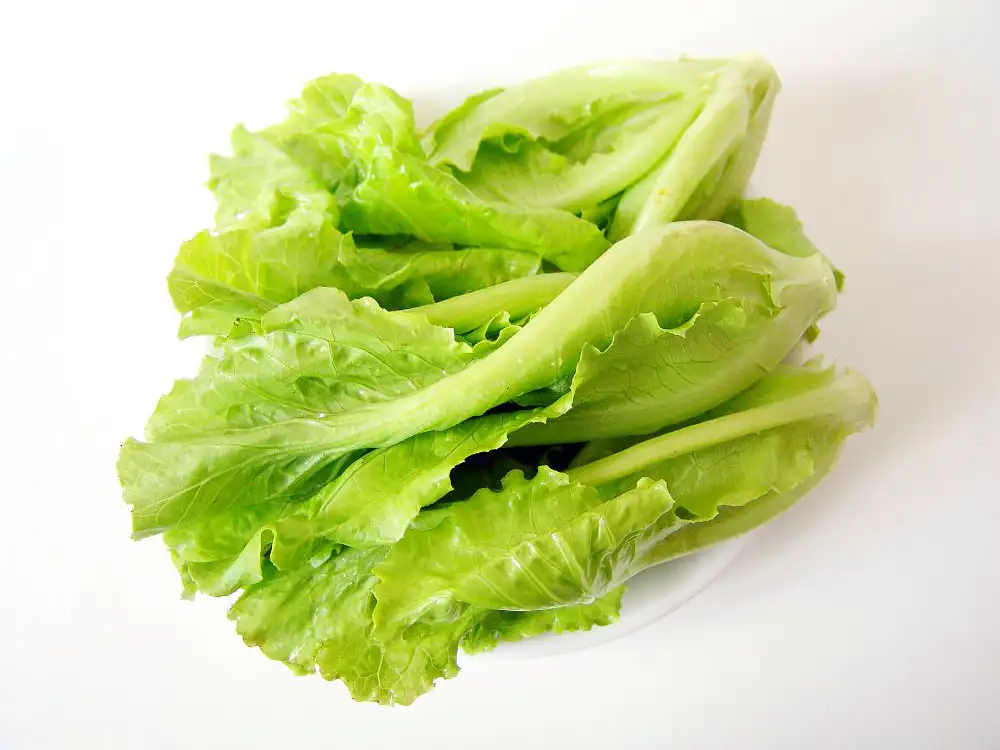
Lettuce makes a great low carb high-fiber vegetable choice. Each cup of lettuce contains only 2 grams of total carbs but provides 1 gram of fiber.
Its high water content and low-calorie count of around 10 calories per cup make lettuce perfect for dieting. The vibrant green leaves fill you up while providing essential nutrients like vitamin K for blood clotting and bone health.
The fiber in lettuce passes through your digestive tract, clearing waste and helping food move through more quickly. This promotes regularity and prevents constipation issues.
In addition to fiber, lettuce provides antioxidants like vitamin A and beta-carotene, which support eye and skin health. Lettuce leaves are also a good source of B vitamins to aid metabolism and energy production.
Use lettuce as a base for nutrient-packed salads. Fill crisp butter lettuce cups with chicken salad or tuna salad.
Softer lettuce types work well as wraps for turkey sandwiches and burgers. Experiment with different lettuce varieties for various tastes, textures, and shades of green.
Mushrooms
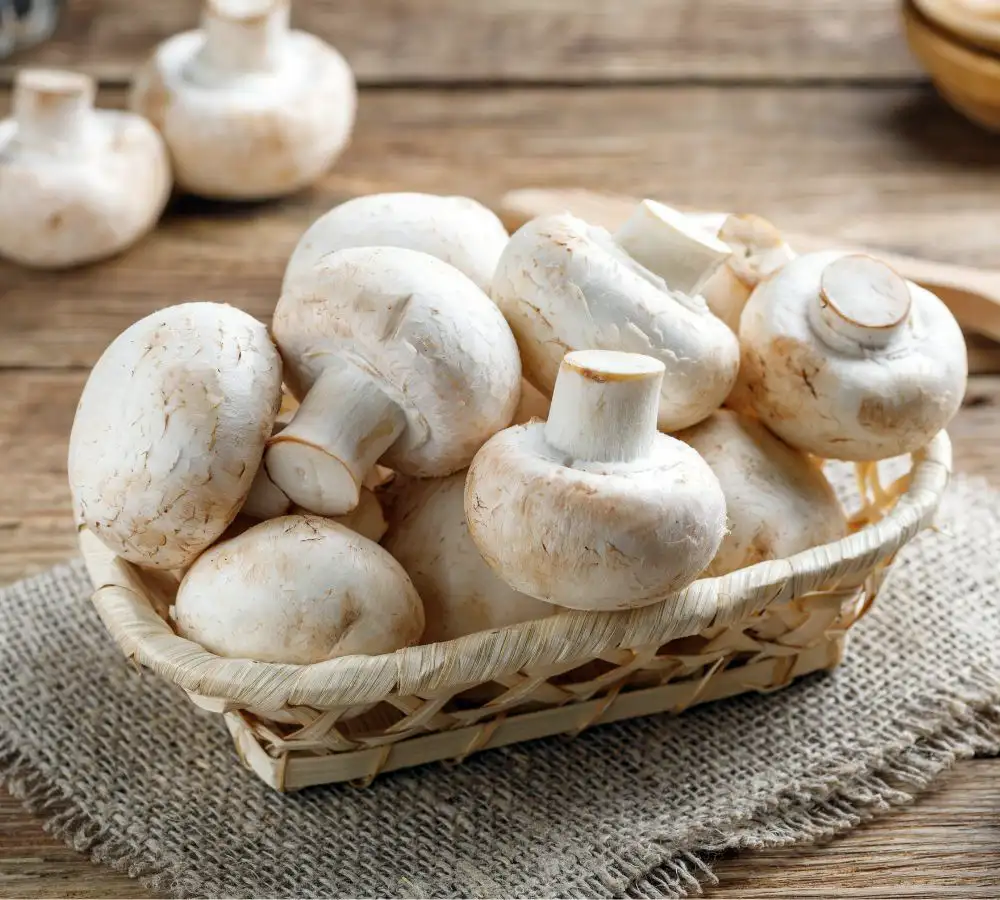
Mushrooms qualify as low-carb high-fiber vegetables. One cup of sliced mushrooms contains 3 grams of total carbs but 1 gram of fiber.
Despite their high water content of over 90%, mushrooms pack nutritional value. They are cholesterol-free, sodium free, and low in calories – providing only 15 calories per cup.
The fiber in mushrooms moves through your digestive tract, sweeping out waste and toxins as it goes. Mushroom fiber also lowers cholesterol levels when combined with a diet low in saturated fat.
Mushrooms stand out for their savory umami flavor and meaty texture. They have antioxidant compounds that fight inflammation and may help protect against cancers. Mushrooms are a good source of B vitamins to support your metabolism and immune health.
Button, cremini, and portabella mushrooms have similar nutritional profiles but vary in color and size. Use them raw in a salad or cooked in stir-fries and pasta dishes.
Grilled portabellas make a delicious burger substitute for people trying to limit meat. Sautéed cremini mushrooms add flavor and texture to rice and veggie bowls.
Bell Peppers
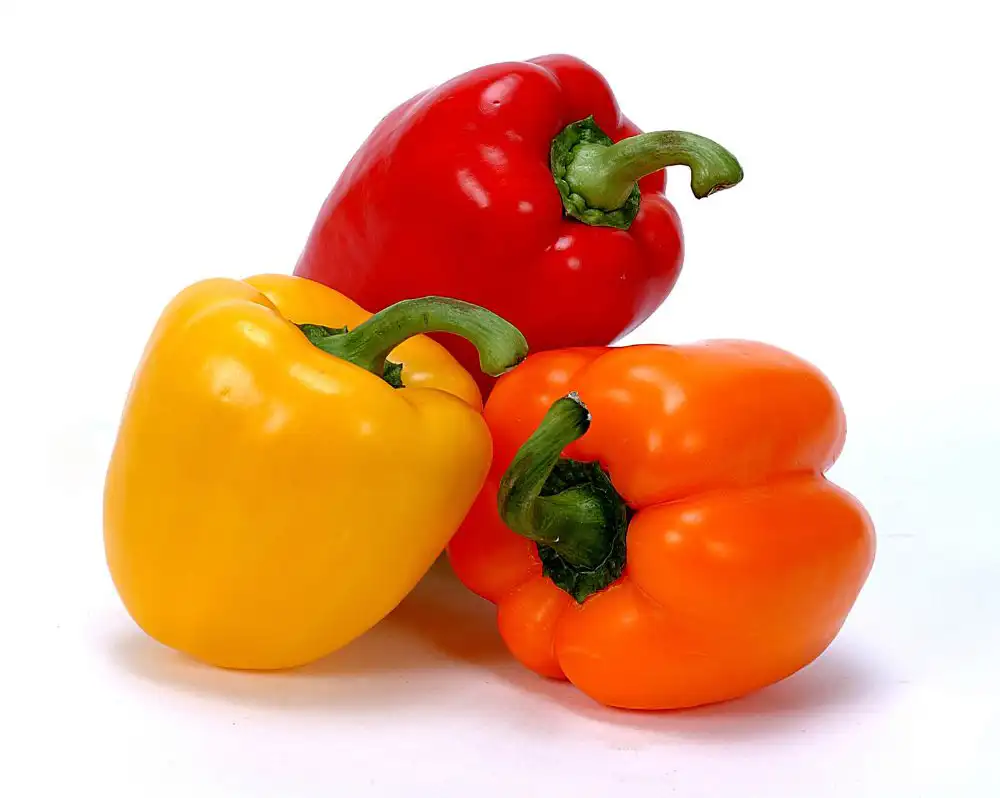
Bell peppers make a great low-carb high-fiber vegetable choice. One cup of chopped red bell pepper contains 9 grams of total carbs, but a substantial 3 grams come from fiber.
The crunchy, colorful peppers are high in anti-inflammatory carotenoids like beta carotene, lutein, and zeaxanthin. These antioxidants help protect cells from free radical damage, which may lower your risk for chronic diseases like heart disease and cancer.
Red bell peppers are especially beneficial as they pack more than double the amount of vitamin C as green peppers. Vitamin C boosts immune function and builds collagen to support healthy skin.
Fiber in bell peppers helps lower cholesterol, regulates blood sugar, and promotes weight loss. Peppers are low in calories – providing about 35 calories per cup – making them perfect for people watching their diets.
Slice sweet bells and add them raw to salads and grain bowls. Roast pepper halves over an open flame or in the oven before stuffing with bean dip or chicken salad. Sautee thin pepper strips to be a flavorful garnish for rice dishes, tacos, and pasta.
Zucchini
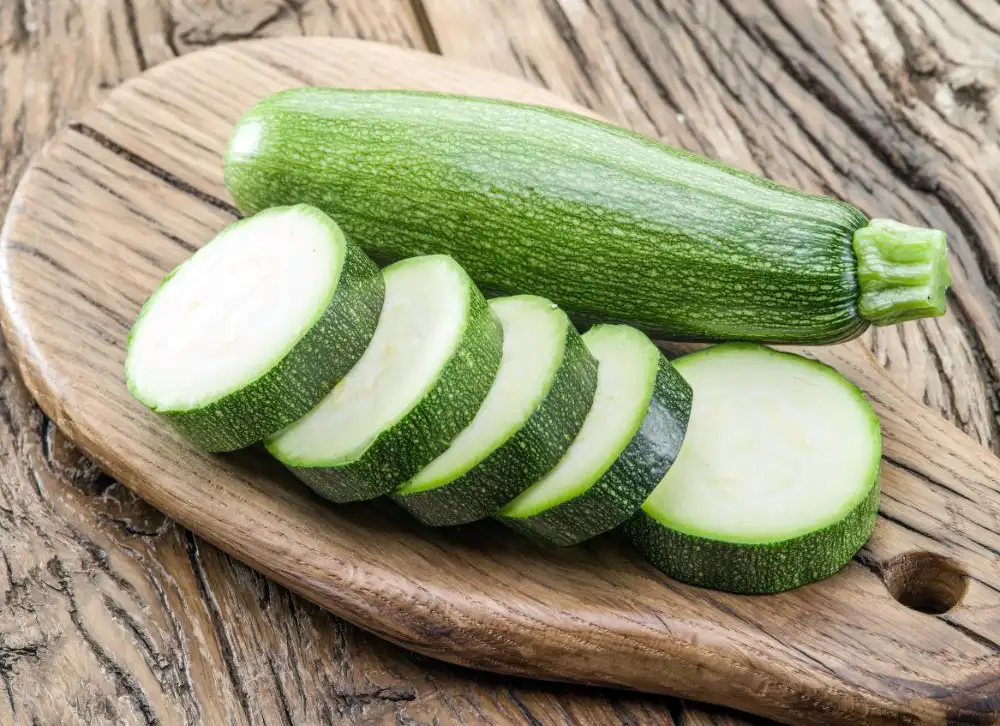
Zucchini is a good source of fiber and nutrients while remaining low in calories and carbohydrates. Each cup of sliced zucchini provides 1 gram of fiber and only 3 grams of net carbohydrates.
Zucchini brings various health benefits due to being loaded with important vitamins and minerals. It is a good provider of vitamins C and A, potassium, manganese, folate, and B vitamins like folate, vitamin B6, and riboflavin. These nutrients help support immune function, aid in digestion, and keep the eyes healthy.
Zucchini can be cooked and enjoyed in many ways, like grilling, roasting, and sautéing. You can simply add zucchini to salads, soups, and stir-fries. Zucchini is a nutrition-rich vegetable with minimal impact on blood sugar due to its high fiber and low carb content. Hence, it makes for a valuable addition to a well-balanced diet.
Brussels Sprouts
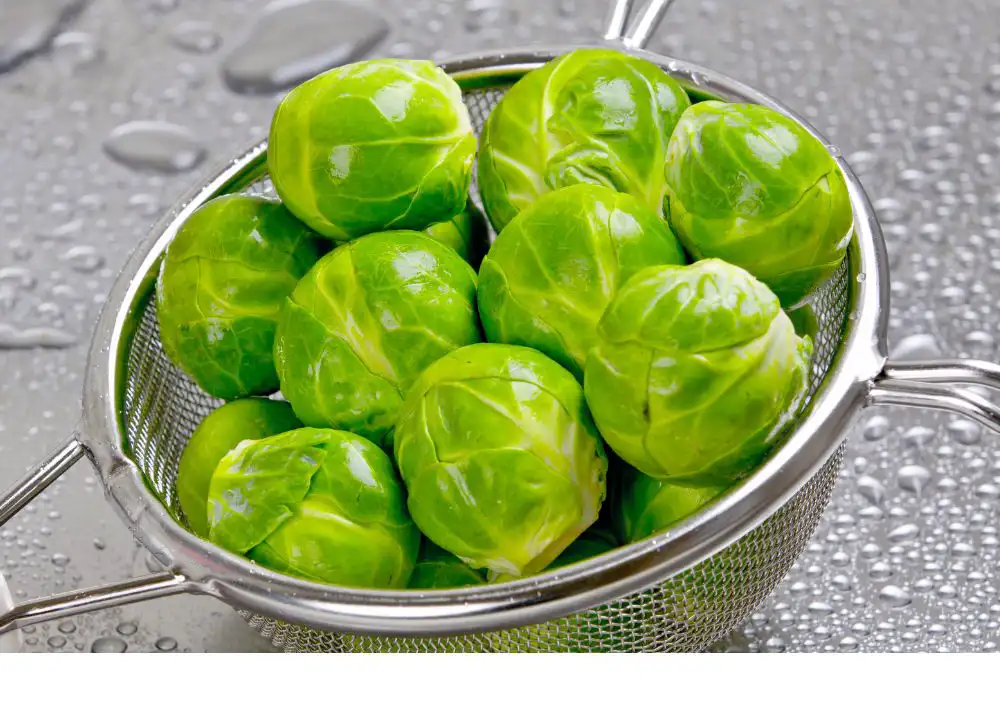
Brussels sprouts are a prime example of a low-carb high-fiber vegetable. Just one cup of cooked Brussels sprouts contains only 6 grams of carbohydrates yet provides a whopping 2 grams of fiber.
Brussels sprouts are especially packed with beneficial nutrients. They have high amounts of vitamin K for bone and blood health in addition to vitamin C, which promotes iron absorption and boosts the immune system.
Brussels sprouts also contain small amounts of beneficial vitamins and minerals like B6, potassium, iron, and magnesium. The fiber and naturally occurring sulfur compound in Brussels sprouts may help prevent cell damage and reduce cancer risk, especially for colon, stomach, and prostate cancers.
Best of all, Brussels sprouts are easy to cook in many delicious ways – roasted, sautéed, steamed, or simply added raw to salads. Overall, this low-carb high-fiber vegetable offers a nutritious and flavorful addition to any diet that can promote better health.
Summary
Spice up your meals with low-carb high-fiber vegetables for better health. From Broccoli to Brussels Sprouts, these veggies offer a nutritional punch. Whether you’re on a weight loss journey or seeking improved wellness, these game-changers can transform your life.
Broccoli’s fiber keeps you full, while Cauliflower provides antioxidants and nutrients. Kale is packed with vitamins and reduces LDL cholesterol.
Spinach offers filling fiber and is rich in minerals. Asparagus aids weight loss and supports new cell growth. Cucumbers are low in calories and high in antioxidants.
Lettuce promotes regularity and supports eye health. Mushrooms fight inflammation and are low in calories. Bell peppers lower cholesterol and provide vitamin C. Brussels sprouts are nutrient-packed and may reduce cancer risk.
These vegetables are versatile and easy to cook. Embrace their flavors and enjoy the health benefits they bring. Add these low-carb, high-fiber wonders to your diet for a nutritious and flavorful journey to better health.
FAQ
What vegetable is super high in fiber?
Several vegetables are known for being high in fiber. Some of the top choices include bitter gourd, artichokes, broccoli, cauliflower, green peas, lima beans, and leafy greens. However, if we have to pick one, broccoli is considered to be a super high-fiber vegetable. One cup of boiled broccoli delivers around 5 grams of fiber.
What are non starchy high fiber vegetables?
Non-starchy high-fiber vegetables include artichokes, asparagus, broccoli, Brussels sprouts, cauliflower, kale, spinach, lettuce, tomatoes, zucchini, and many others. These vegetables are a great source of fiber and other nutrients and can be an important part of a healthy diet.
What is the No 1 food rich in fiber?
No one food is considered the number one food rich in fiber, as many foods are high in fiber and can benefit overall health. However, some of the top high-fiber foods include beans, lentils, broccoli, artichokes, berries, avocados, and whole grains.
Do eggs have a lot of fiber?
No, eggs are not a good source of fiber. Although they are a good source of protein, eggs don’t contain significant amounts of fiber.
Is oatmeal high in fiber?
Yes, oatmeal is considered to be high in fiber. It is a good source of soluble and insoluble fiber, which can benefit digestive health and help lower cholesterol levels. The amount of fiber in oatmeal can vary depending on the variety and preparation method, but it generally ranges from 2-5 grams of fiber per serving.

